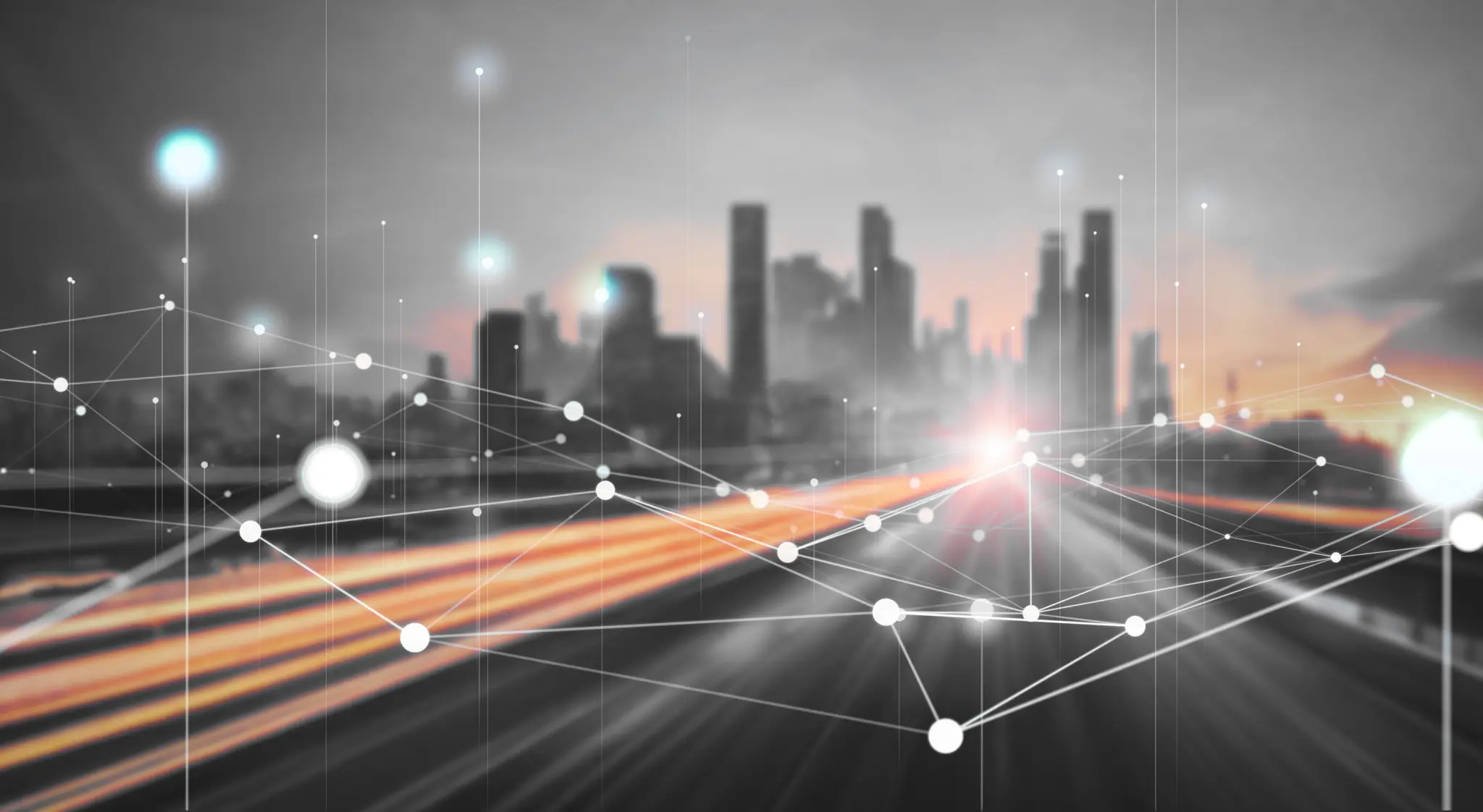Did you know that carbon emissions are the leading cause of the climate crisis, responsible for most climate consequences we experience daily?
Meaning that not only is reducing carbon emissions a top solution to help save the planet, there’s a huge window of opportunity for industries to minimize their environmental impact. And the transportation and shipping industry should be up for the challenge as the sector emits massive carbon dioxide levels.
But there is hope where there’s effort, and many shippers are already supporting and aligning with sustainable shipping methods. So how do you begin your journey to an eco-friendly supply chain? The first step is analyzing your eco-footprint and working to achieve carbon neutrality.
What is an eco-footprint?
Also known as an ecological footprint, your eco-footprint measures your organization’s environmental impact and your impact against actual ecological limits. (Ecological limits are the point where environmental impact is significantly greater if surpassed.).You may see it referred to as a carbon footprint, environmental footprint, or business footprint, but those all have subtle differences between them.
What’s the significance of an eco-footprint?
An eco-footprint refers to the total resources businesses deplete compared to the land and water required to replace those resources. An eco-footprint looks at the overall impact a business has on its environment. It’s the big picture of how sustainable your business is.
And when your business understands what their eco-footprint is, you can find opportunities for innovation, pinpoint resource constraints, and avoid costly interruptions.
How is it different from a carbon footprint?
Your business’s carbon footprint only deals with the greenhouse gases the organization is responsible for. Carbon footprints measure the total greenhouse gas emissions caused directly and indirectly by a business/product. An eco-footprint looks at your business’ overall impact to the environment, not just your greenhouse gas emissions.
Measuring your eco-footprint
First things first, it’s time to calculate your eco-footprint. You need this green data to understand where you’re starting from, so you can establish clear goals and benchmarks to compare against as your journey toward sustainable shipping begins.
Here’s where to start:
- Know where you operate and identify any threats your operations pose to your environmental goals.
- Evaluate your energy use. What resources does your business use (water, gas, electricity)? Is sustainability accounted for during your business decisions?
- Examine the environmental impacts of your supply chain. Understand the implications of your business actions. Is your supply chain contributing to pollution? Could you be reducing waste and emissions?
And when you’re finished, use a similar process to analyze your carbon footprint, then calculate, and report it.
The path to green logistics
With your footprints data specified, you’re now on your way to a more sustainable supply chain through green logistics strategies.
Green logistics is a greener way to look at the supply chain through the lenses of sustainability. This eco-friendly process focuses on a company’s effort to lower emissions, implement more sustainable operations processes (like sustainable packaging), and reduce environmental impact.
And because transportation is the largest contributor to greenhouse gases, the top green logistics priority for shippers (and businesses everywhere) is to reduce those carbon emissions and achieve carbon neutrality.
What is carbon neutrality?
Carbon neutrality is an umbrella term that refers to the effort of companies to reduce their carbon footprint and carbon emissions. And there are many labels under that umbrella that shippers can strive toward, like:
- Carbon Neutral: Any carbon dioxide released into the atmosphere from the company’s activities is balanced by an equal part being removed.
- Net-Zero Carbon Emissions: a sustainable supply chain that produces zero carbon dioxide emissions.
What is the difference between carbon neutrality and net-zero?
Carbon neutrality has a minimum condition of covering scope one and two emissions. Net-zero covers scopes one, two, and three. (Scopes are the categories of greenhouse gases)
Carbon neutrality doesn’t require companies to reduce emissions at a specific speed toward efficiency. But net-zero companies must continuously reduce emissions across all scopes.
Carbon neutrality demands that an organization purchase carbon offsets resulting in carbon reductions, efficiencies, or sinks. Carbon offsets balance your business’s emissions by canceling out emissions somewhere else and your purchase supports the programs designed to reduce them. Your purchase price will also depend on how expensive it is for that program to run, but shippers have many options to choose from to best fit their budget and initiatives.
For net-zero, an organization is required to purchase greenhouse gas reductions that also result in carbon sequestration from the climate. (The capture and storage of carbon emissions)
No matter your current sustainability position or goals, because carbon dioxide is the leading cause of the climate crisis, switching to carbon-neutral shipping is a must to protect the environment. And while it won’t happen overnight, the sooner you start focusing your efforts, the easier it will be to meet your goals. (Even FedEx admits they won’t achieve neutral shipping until 2040)
How can shippers achieve carbon neutrality?
Begin by seeking a carbon-neutral certification.
Because it may not be possible right now to achieve a zero-emissions status, any start is better than none. The greener road to net-zero begins with being carbon neutral.
What is a carbon-neutral certification?
A carbon-neutral certification verifies a business’s dedication to carbon reduction and the neutralization of its impact on the environment. It also enhances that organization’s green credentials and differentiates them as eco-conscious and environmentally responsible.
How shippers can obtain a carbon-neutral certification
This achievement is obtained through a verification process where organizations like Carbon Trust or Carbon Neutral walk you through how to measure, offset, and reduce your environmental impact.
Keep your shipping operations sustainable
Customers are expecting you to usher in sustainable changes fast, and by measuring (calculating), offsetting, and reducing your eco-footprint, you can give your business a clear roadmap and an incentive to slice carbon emissions.
Your corporate eco-footprint has a direct impact on the environment, and the path to saving the planet starts right now.
If you’re looking for more ways to create a sustainable supply chain, check out our latest eBook: The Greener Last Mile.











